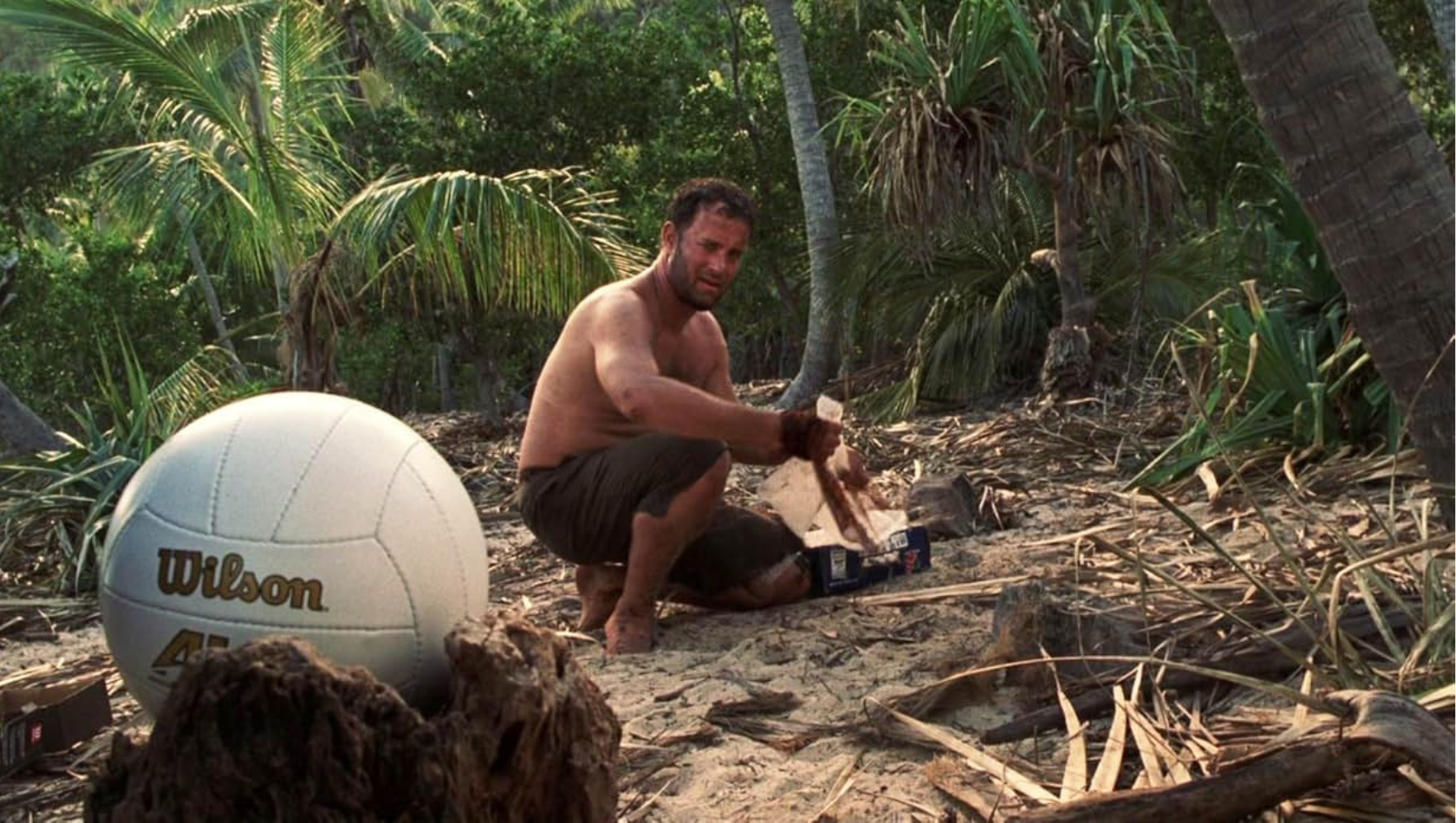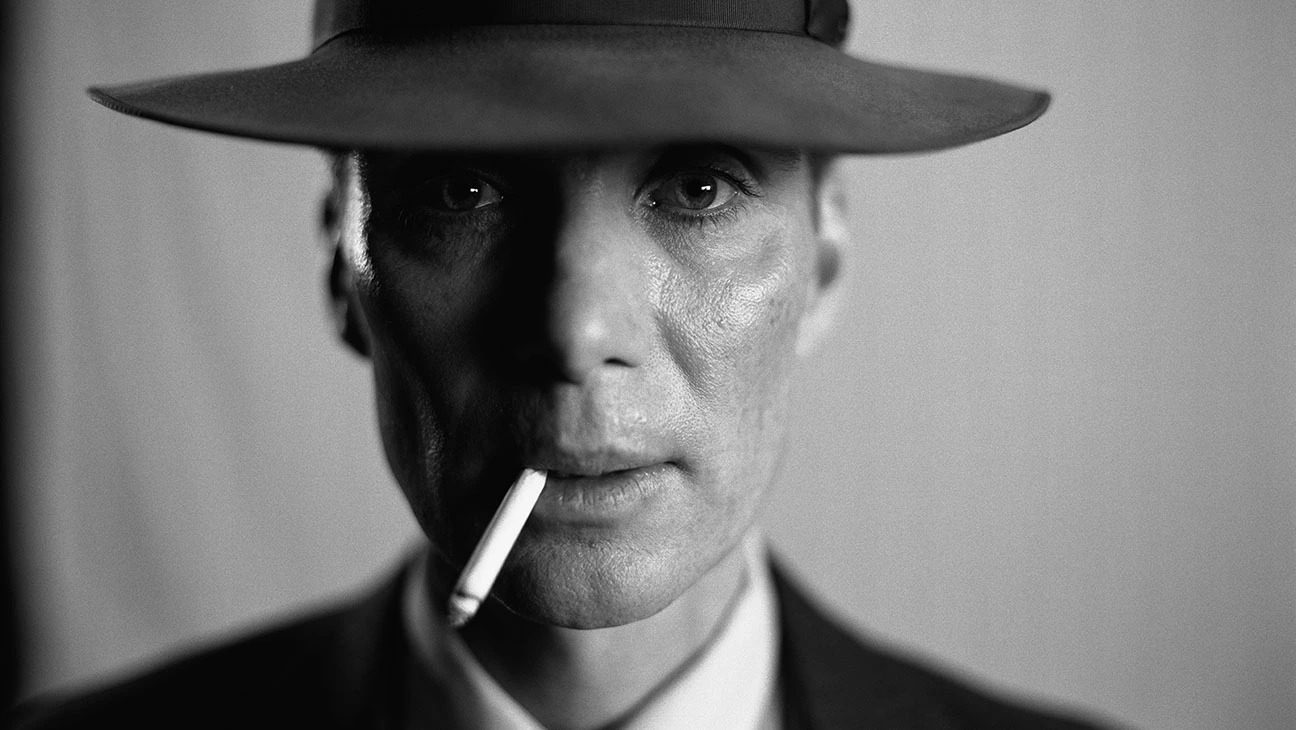What Is a Set Piece and How To Plan Them in Your Script
May 31, 2024
To put it in simple terms, a “set piece” is a pivotal scene in a film that serves as a centerpiece of action, emotion, or visual spectacle. These carefully crafted scenes are executed to excite audiences and leave a lasting impact long after they have left the movie theater. Set pieces create movie magic and are essential to your screenplay.
Set pieces harken back to the early days of filmmaking, where nearly every movie was shot on a huge soundstage with ornate sets. If there was a big musical number, perhaps in a Busby Berkeley picture like The Gang’s All Here, the set—an archway of giant bananas for Dorita (Carmen Miranda) to walk through—would need to be constructed from scratch to be original, memorable, and get the audience excited. Those important showstopping scenes became known as set pieces.
It’s not just musicals that employ set pieces. War epics, romantic comedies, thrillers about serial killers, and even sports movies all need those dazzling, visually arresting scenes that enrapture, surprise, and maybe even shock the audience.
Best Set Pieces In Film
Let’s look at some examples of set pieces in movies and explore strategies for incorporating them into your script.
Barbie
Because Barbie creates a “doll’s world” to contrast with the real world, there are many sparkly, overly pink set pieces in the movie. There’s the scene with a “giant blowout party with all the Barbies with planned choreography and a bespoke song,” as Barbie (Margot Robbie) puts it. The dazzling scene features pop music, glitzy costumes, and lots of pinks.
The road trip scene where Barbie drives her sportscar and sings along to the Indigo Girls is another set piece. Barbie and Ken rollerblading at Venice Beach is another. These set pieces not only immerse the audience in Barbie’s fantastical world but also give them a window into the theme of the film: what it’s like to be a girl.
Read More: What Greta Gerwig's 'Barbie' Teaches You About Screenwriting
Oppenheimer
This 2024 Best Picture winner is about the invention and deployment of a dangerous, world-changing piece of technology: a nuclear bomb. Perhaps the biggest and most important set piece in the film is when Oppenheimer (Cillian Murphy) and the U.S. military test the bomb in New Mexico. The stakes are life and death on the grandest scale humans have ever known.
The Trinity test scene is visually and emotionally explosive, especially knowing there’s a small chance it could all go very wrong. The scene is full of power and emotion as the screen fills with hellfire like a frightening excerpt from Revelations. Thematically, the scene represents the best and worst of humanity, and the audience gets to see the fear, excitement, pride, and horror on all the characters’ faces.
Read More: 6 Storytelling Lessons from Christopher Nolan's 'Oppenheimer'
Challengers
This psycho-sexual sports film features a power struggle between three tennis players, Tashi (Zendaya), Art (Mike Faist), and Patrick (Josh O’Connor). The film hops back and forth over 13 years, and we see the highs and lows of each player’s career.
Probably the most important set piece in the film is when beautiful Tashi comes over to Art and Patrick’s hotel room and instigates a three-way make out session. Like tennis, the chemistry between the trio is robust but controlled, physical yet strategic, and concludes with a winner and a loser.
Die Hard
The most memorable set piece in Die Hard is the scene where John McClane (Bruce Willis) battles terrorists on the rooftop of the Nakatomi Plaza skyscraper. McClane is being tested, and the stakes are high—there are hundreds of lives at risk, including the life of his estranged wife with whom he hopes to reconcile
The rooftop battle is carefully choreographed and features gunfights, nearly impossible stunts, and explosive moments to keep the audience on the edge of their seats. The action is adrenaline-pumping and immerses the audience in the heart of the conflict.
Planning Your Set Pieces
Depending on the length of your screenplay, set pieces should happen about every 12 to 15 pages—giving you about six to eight pivotal scenes. Any more than eight pages will exhaust your audience. Any less than six pages will bore your audience. The scenes in between the set pieces are like connective tissue that supports the set pieces.
Here are some things to include in your set pieces:
Iconic Location
Find the most visually interesting and emotionally exciting place for the scene to take place. In Hitchcock’s North By Northwest, the climactic scene takes place on Mount Rushmore, an iconic symbol of America and what the protagonist, Roger Thornhill (Cary Grant), is risking his life to protect.

Tension and Suspense
It is crucial to build tension and add suspense if you are writing an action film, thriller, or horror movie. As a writer, you can play with an audience’s expectations by creating twists and turns within a scene and constantly upping the stakes.
Character Development
Find ways to showcase your protagonist’s resourcefulness, courage, and determination as they face their antagonist and deal with conflict. The more vulnerable and resilient they are in the face of danger or conflict, the more they become a compelling and relatable hero.
In the lightsaber battle between Darth Vader and Luke in Star Wars: Episode V—The Empire Strikes Back, the scene takes place on a narrow ledge, very high up. The circular lights around them almost give you instant vertigo. When Luke discovers that Darth Vader is his father, he is filled with awe, fear, and disgust. The revelation changes everything Luke thinks he knows about the world and himself, causing him to transform.
Read More: Never Lose Your Characters Again: Tips for Tracking Character Arcs While Writing

Choreographed Action
Whether it’s a romantic dinner where a man is trying to impress a woman on a first date, or a boxing match that takes place in a gritty, urban boxing ring, every gesture, every movement, every swing and miss between the characters matters and should be carefully planned out in the scene.
In Bridget Jones’s Diary, there is a great set piece where Mark Darcy (Colin Firth) and Daniel Cleaver (Hugh Grant) get into a fistfight in an alley. Though both men are educated and sophisticated professionals, love has made them regress into foolish schoolboys brawling in a back alley, even resorting to using the lid of a trash can as a weapon.
Read More: How to Write Action According to Mission: Impossible – Dead Reckoning
Emotional Impact
The more the protagonist risks emotionally in a scene, the more the audience is willing to invest in their journey and root for their success. The bigger the risk, the bigger the rewards. Sometimes, this is best shown in the way other characters behave around the protagonist.
In Spartacus, General Crassus (Laurence Olivier) demands that the slaves reveal the true identity of Spartacus (Kirk Douglas). Just as Spartacus is about to stand up and be killed, other slaves begin to stand and announce they are Spartacus. Soon, there’s no way to know which one is the real Spartacus, and through the loyalty of Spartacus’s friends, all their lives are spared. Watching so many innocent people willing to risk their own lives for Spartacus makes for a truly beautiful and emotionally impactful scene.
–––
Don't be afraid to think outside the box when crafting your set pieces. Let your creativity flow to get the most out of your scenes by finding surprising settings and plot twists and allowing your characters to run the gamut of emotions. Keep the audience on the edge of their seats by showing them set pieces that feel fresh and exciting and leave a lasting impression.
Written by: Shanee Edwards
Shanee Edwards is an L.A.-based screenwriter, journalist and novelist who recently won The Next MacGyver television writing competition to create a TV show about a female engineer and was honored to be mentored by actress/producers America Ferrera. Shanee's first novel, Ada Lovelace: The Countess Who Dreamed in Numbers was published by Conrad Press in 2019. Currently, she is working on a biopic of controversial nurse Florence Nightingale. Shanee’s ultimate goal is to tell stories about strong, spirited women whose passion, humor and courage inspire us all.- Topics:
- Screenwriting & Craft




